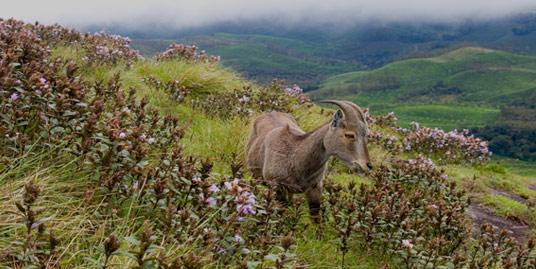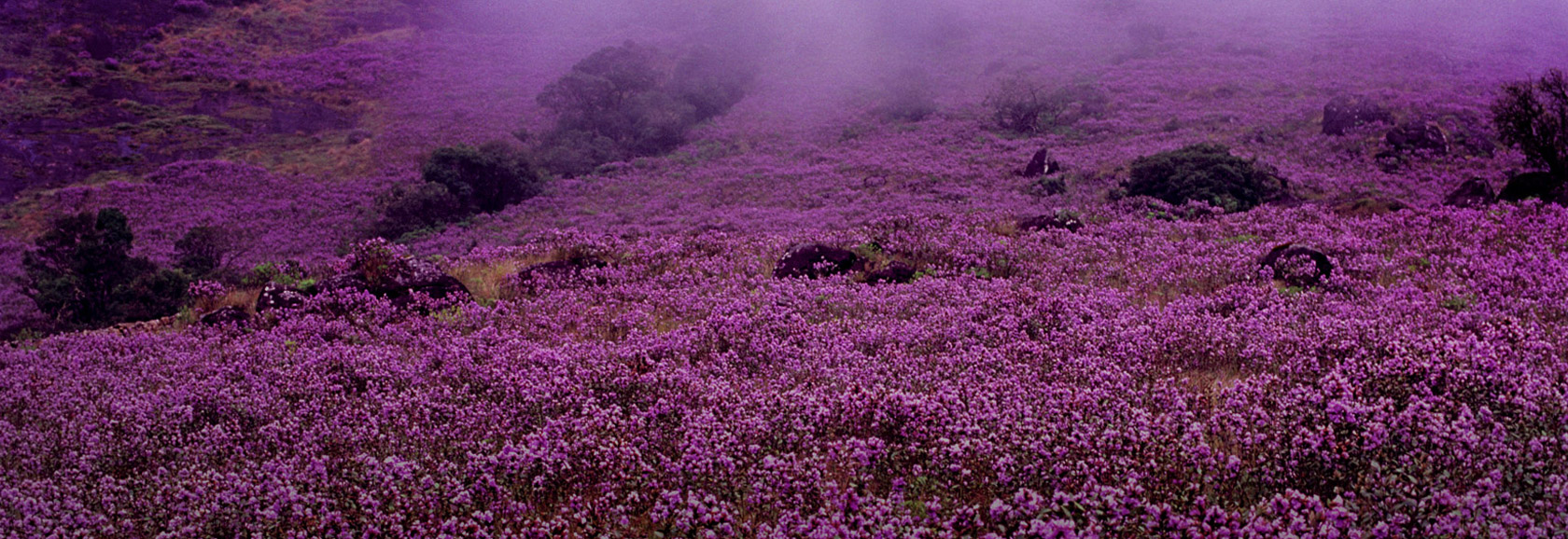

Focus Kurinji
An insight into the experience of a wildlife photographer
-Balan Madhavan


An insight into the experience of a wildlife photographer
-Balan Madhavan

I am quiet worried about the impact tourism is going to create. It’s not about promoting Nelakurinji because it is already oversold. All of us know about Neelakurinji and that it is going to bloom in another one or two months. What we should be talking about is the uniqueness of the plant and how we can preserve it. I have seen extremely terrible things happening there during the Kurinji period. Even during 1994 season, there were absolute traffic jams from Munnar till Rajamala, the most famous Kurinji blooming place controlled by the Forest Department in 1994. Thankfully, now the area is managed exceptionally well by the Forest Department. However, there are places that don’t come under the purview forest dept which faces greatest threats. There are Kurinjis which blooms outside the forest area like inside plantations and on revenue and private land, which requires special care and attention. The main issues regarding Neelakurinji tourism are:
The solution to these issues can be providing proper awareness to the tourists coming to Neelakurinji regions on how to experience nature without destroying it. That should be the first motive. At Rajamala, since it comes under the Forest area, the officials have protected it by fencing the landscape on both the sides so one can only walk and see the blooming from the road. In this Kurinji season the main aim of tourism must be nature education. Kurinji is our pride.
Once the blooming ends, within a short period, the entire kurinji plants will die. They will have the seeds but even then you will notice that all the plants turn black. Once the seeds are dispersed, the kurinji plant will become totally dry and dies off and gradually grass will take over the area converting it into a complete grassland with no sign of Kurinji plant anywhere. After about four or five years, the Kurinji seeds will sprout out and by the tenth year we will be able to identify the Kurinji plants. One of the unique features of the kurinji plant is that it is fire resistant and therefore it acts as a “check” on grassland fire. In shola dense forest, we can see that the outer border plants will be the firefighting characterised plants which prevent the fire from entering the shola forests. Similarly, the Kurinji is also fire resistant to a great extent and the plant has acquired that particular characteristic through evolution which means that they have survived in open grasslands; Open grasslands are more vulnerable to forest fires.
Kurinji is an endemic species and it is only found in the higher reaches of Western Ghats. Therefore, any damage to the landscape will be permanent since nature will take another million years to repair it. When people uproot the kurinji plants, that area will become barren and during the next rainfall hill surface runoffs takes place leading to soil erosion and other problems which in turn leads to mass destruction. By removing a few plants we are unknowingly destroying nature’s million year process. For instance, we cut down a forest landscape and do some plantation, and after 100 years if we repent on it there is no use! The lost forest won’t come back. That particular species which survived there will never come back.